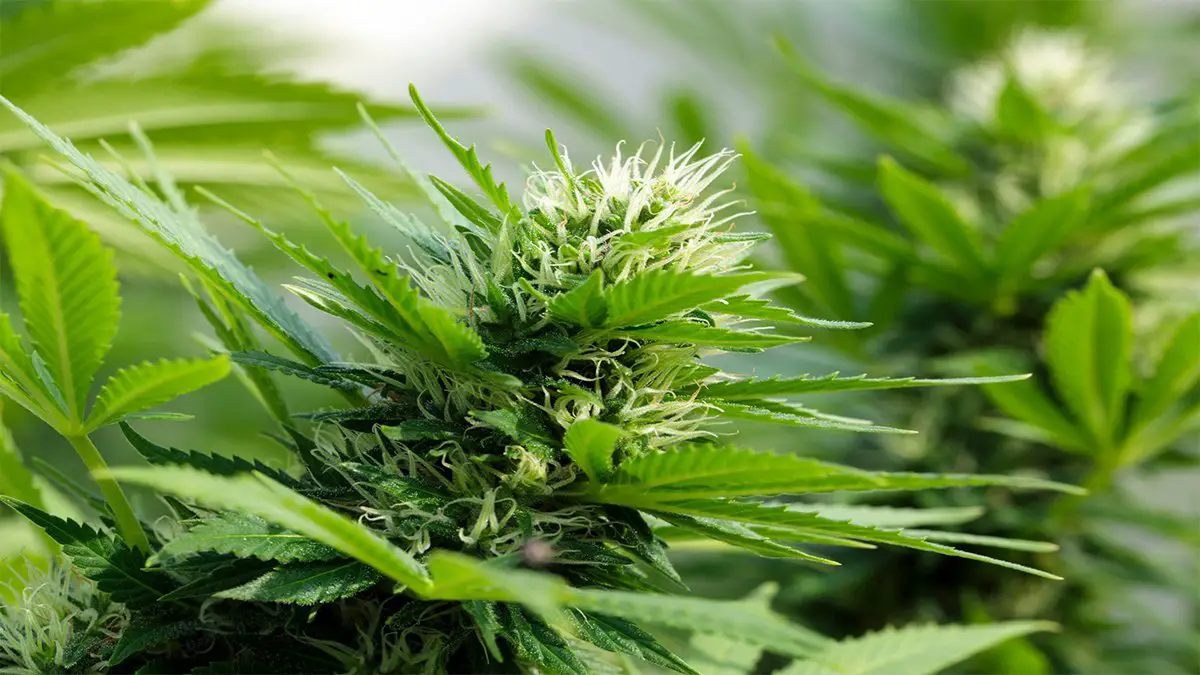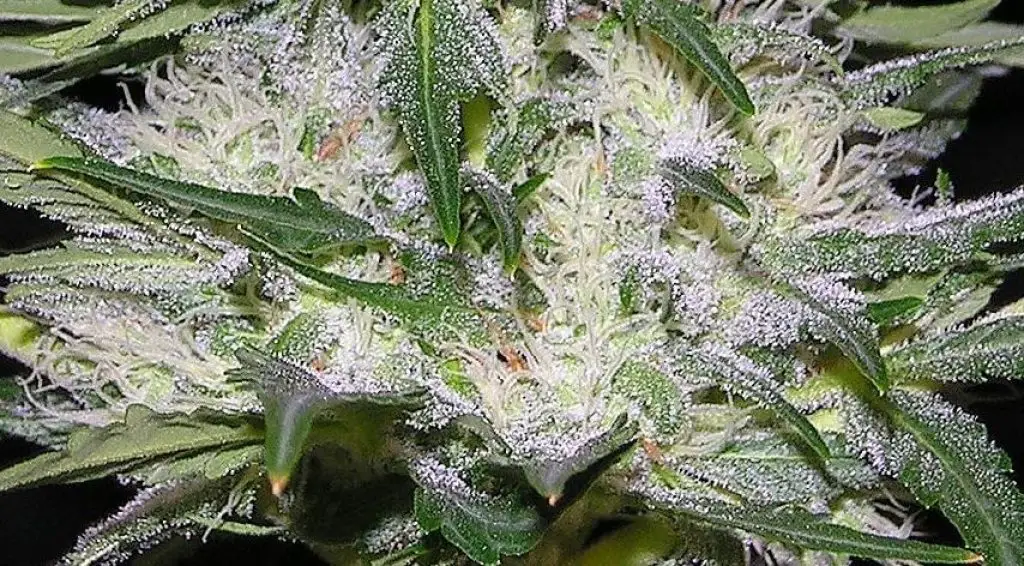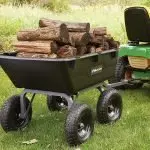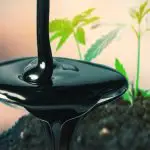Can Moldy Buds Be Saved?

Yes, we know how it feels when you’re facing a devastating mold on your pricey weeds. But the thing is, it’s quite easy to prevent the molds from the very first days of the growing season. Also, if you already have noticed some molds, there are things you can do.
So, if that being said, can moldy buds be saved? There you have it. This article will explain everything you need to know related to this question.
Molds aren’t likely to rear their ugly heads if you can store the weed properly. The weeds need to stay away from moisture, humidity, extremely hot temperatures, and etc. Let’s get to know about things in detail.
The Reasons of Mold
The main reasons for your buds getting mold are the same as most plant material- moisture, lack of air circulation, humidity, improper storage, wet conditions, and so on.
Moreover, if you do poor job drying, curing, and stashing the buds, they are more likely to get moldy.
The lack of proper ventilation does real harm to your buds. The spores of marijuana multiply under a tight condition. However, if you say that you grow them in a welcoming environment, maybe there’s something else that hampers your plants immune.
Here’s another important point is temperature. If the temperatures are under 40 degrees or over 100 degrees, molds aren’t going to flourish.
And, plants will be healthier in the dry climates because wet and humid climates invite molds. Just like you and me, molds also need oxygen and food to survive. Molds decompose things like oak and gypsum board and then feed on those nutrients.
And, inorganic materials (e.g concrete) are risk-free of getting mold on them. But yes, molds can feed on the dust and dirt concrete harbors.
Why are Moldy Buds Bad?
Now, you may ask if it’s okay to smoke moldy buds. And, if it’s not okay, then why? Well, because it’s really risky to inhale mold spores. And, if you are a person with a weak immune system, then moldy buds are the last things you should smoke.
Here are some health problems you may face after breathing in too many mold spores.
- Allergic reactions like sneezing, red eyes, runny nose, and skin rash.
- Asthma
- Headache
- Lung irritation
- Cough
- Chest pain
- Pneumonia
And more…
For these, you should never inhale mold spores. However, in case, there’s a little mold on your weed, it’s going to spread throughout the other places.
So, you should play on the safe sides, meaning you need to cut your losses by tossing the affected bud. Another important job is to protect the buds that haven’t been affected by molds yet.
How Can I Spot Moldy Buds?
The most common types of molds that your plant may get are Mucor, Rhizopus, Penicillium Cladosporium, and Botrytis. You may find it difficult to spot molds without a lens or a black light.
Also, there’s a little difference between molds and trichomes that you may get more confused.
If that being said, what are trichomes? These are some hair-like structures covering your cannabis plant- this scenario will be like little white crystals. When a lot of trichomes cover a bud, it may look like a mold. Look very carefully to see the difference between these two.

Look closely, moldy weeds have:
- Dark spots or spores
- Musty, sweat, or urine-like smell
- Grey, brown, yellow, or white fuzz
- Black, white, or grey-like material
- Discolored roots
Moreover, molds can grow both on the top of the trichomes and on the surface of your plants. Smell may not be a strong point to understand if it’s moldy bud or not.
However, if you are sure that you know how the smell of a good weed is, then it will work for you.
But, it’s a good idea to not only rely on the smell. It’s better if you take help from UV light, a microscope, or any other magnifying tools instead.
Can Moldy Buds be Saved?
The very first thing you need to do right after noticing mold is to separate the infected bud from the other ones as soon as possible. Make sure you cut away every moldy part.
A point to remember, do not try to mess around hoping to save only a few grams. It’s really important to remove the moldy bud as well as save your harvest.
However, when you’re trying to save the moldy buds no matter if it’s before, during, or after curing, there’s a famous way called the ‘curing method’. Let’s get to know about it in detail.
Water Curing
For your kind information, this method leaves a question as to whether it really works to get rid of mold or not. So, none can give you a 100% assurance of it. However, it works well if you can properly do the job.
For this method, you need to submerge the moldy buds into a jar filled with water and then rinse once every 24 hours. The remaining water of the jar will come out dirty for the very first days.
Over time, you’ll find the water becomes less dirty and at a time, it will be clear. What it means is, you’ll find totally mold-free, clean water at a time. Right after this period, you need to dry them.
This will provide you a smooth and clean smoke that you really are going to love. But once you do this, your bud may look like a schwag. However, if you do not care about how it looks, then you’re going to enjoy this.
Tips to Prevent Moldy Buds
Since prevention is the key, here you have a huge chance of staying away from moldy buds. If you grow or store the weeds in the wrong environment, then, there are chances of getting moldy buds.
As we said before, moisture, humidity, temperature, and some other factors are some crucial points when it’s about growing weeds. It’s difficult to avoid the presence of mold spores because they are pretty much everywhere.
For this, it’s a good idea to control the environment that lets the spores grow. Well, do not worry much, read the following tips carefully and you can avoid the unwanted conditions.
Temperature and Humidity
During the period of growing cannabis, it’s important to look after the temperature and the humidity levels. To do this properly, use a thermometer and a hygrometer to check the temperature and the humidity level respectively. And, check them regularly.
About the specific temperature, do not keep your grow room’s temperature more than 80℉ or less than 68℉. And, more specifically, 75℉ is the ideal temperature for the growing process.
When it’s the early stage of cannabis life, there’s a need for more humidity (up to 70%). During the vegetative stage, the humidity should be decreased and stays between 40% and 70%.
And, when your plant is in its flowering stage, you need to decrease the humidity a little bit more (40-50)%. The more your plant gets close to the harvesting time, you can keep dropping it down, down to 30%.
Ventilation
To prevent molds from the very first days, you need to keep good air circulation in the growing room. Molds are prone to grow more when the air is motionless.
So, you need to maintain good air circulation by using many fans in the growing room.
And, make sure you get an effective ventilation system to let the air continuously flow into your growing room.
Also, remember one thing, you need enough airflow that your plant’s leaves should keep moving, but not as much as the plants get thrashed around.
Defoliation
Your plants become more vulnerable to mold if they are too large and have a huge number of leaves. Why? Well, because in this case, these tons of leaves create too much humidity as well as hardens the air circulation process.
To get rid of this, look after the plants and whenever you notice that they are really big, defoliate them. Remove the larger leaves and yes, leave enough leaves in place otherwise, the plant will not be growing properly.
The defoliation process will make the air circulation really easy and keep the molds from your plants.
Drying and Curing
Have you noticed that your plants are producing matured buds and this is the perfect time to harvest them? Well, if the answer is yes, the most important things are now to dry and cure the plants in the right way.
Select a room having a 70℉ temperature and 50% humidity. And, another important thing is, make sure the room has a gentle, constant airflow. Now, leave the plants here until they dry.
Next, you need to cure the plants. Pluck the dried flowers in the first place. Then, keep the flowers in a glass jar and keep it in a dark place. This place should contain 70℉ temperature and 60-65% humidity.
To remove the old air and enter the fresh air into that jar, open it once a day. How can you tell which buds are properly dried and cured?
Well, once you see the buds are dry, yet they’re slightly sticky, these are the properly dried and cured ones. Also, you’ll get a strong odor, but the smell is not like hay, grass, or overly funky.
Storage of The Buds
You may wonder, thinking that even after harvesting, drying, and crying the flowers correctly, there’s still a chance to grow the molds! Unfortunately, yes, there’s still a chance.
However, if you can store the buds in the right way, you’re going to seal the chances of getting molds. Use an airtight container to store the buds and keep the container away from direct light.
And, as we always say, make sure there’s a good room temperature- 75℉ is the ideal.
If the Molds Still Show Up…
Now, let’s talk about it, what if the molds are still showing up? There’s a last try you can give. Let’s assume you’ve caught the molds early, apply an organic, all-natural fungicide.
Yes, it’s a good idea to use something that comes with only natural ingredients (e.g pure thyme extracts).
No matter what you spray on the plants, it’s going to end up in the finished buds. So, if you can catch the molds in the early stage and apply a natural fungicide, there’s a huge possibility to eliminate the molds without leaving any harmful contaminants to the plants.
In case, you notice that the plants are almost full of molds, cut away the moldy sections of your plant. It’s crucial to make sure that you remove all the infected portions of the plant and keep them away from the uninfected parts.
The bad news is if you notice the molds on dried and cured buds, there’s nothing you can do about it.
In this case, do not remove the moldy parts and use the rest. Because at this time, if only one part of the marijuana has come up with molds, the spores have already been spreading to the other parts of marijuana as well.
Conclusion
If you can dry, cure, and store the weeds properly, they shouldn’t go bad. You can easily use the fresh weed by keeping it in a sealed container away from moisture, heat, and sunlight.
So, this was everything about the question ‘can moldy buds be saved?’. If you haven’t overlooked any part of this article, you know every piece of relevant information regarding the topic.
The FAQs About Moldy Buds
Q. Can I store my weed in the freezer?
Answer: No, that’s not a good idea. Freezing temperatures may lead the weed to get trichomes. Also, there’s a risk of exposing it to moisture which may result in molds.
Q. Can I smoke moldy weed?
Answer: Smoking directly then moldy weed can never be an option. You can end up having acute allergic reactions or poisoning by toxins. You can go through the water curing process (we talked about it in detail) and then smoke it making sure there’s no contamination left.
Related Tips:
- Tiny Black Bugs In Plant Soil
- Black Spots on Succulents- 7 Causes With Cures
- Mint Leaves Turning Brown: Reasons With Remedies
- Problems with Blue Lake Pole Beans
- Strawberry Plants Leaves Are Turning Brown
- Types of Worms in Potted Plants
- How to Use Azamax? – The Complete Guide
- Plant Leaves Turning Brown and Curling up
- How to Move Dirt Without A Wheelbarrow
Happy Gardening!








